
- Aug 1, 2024
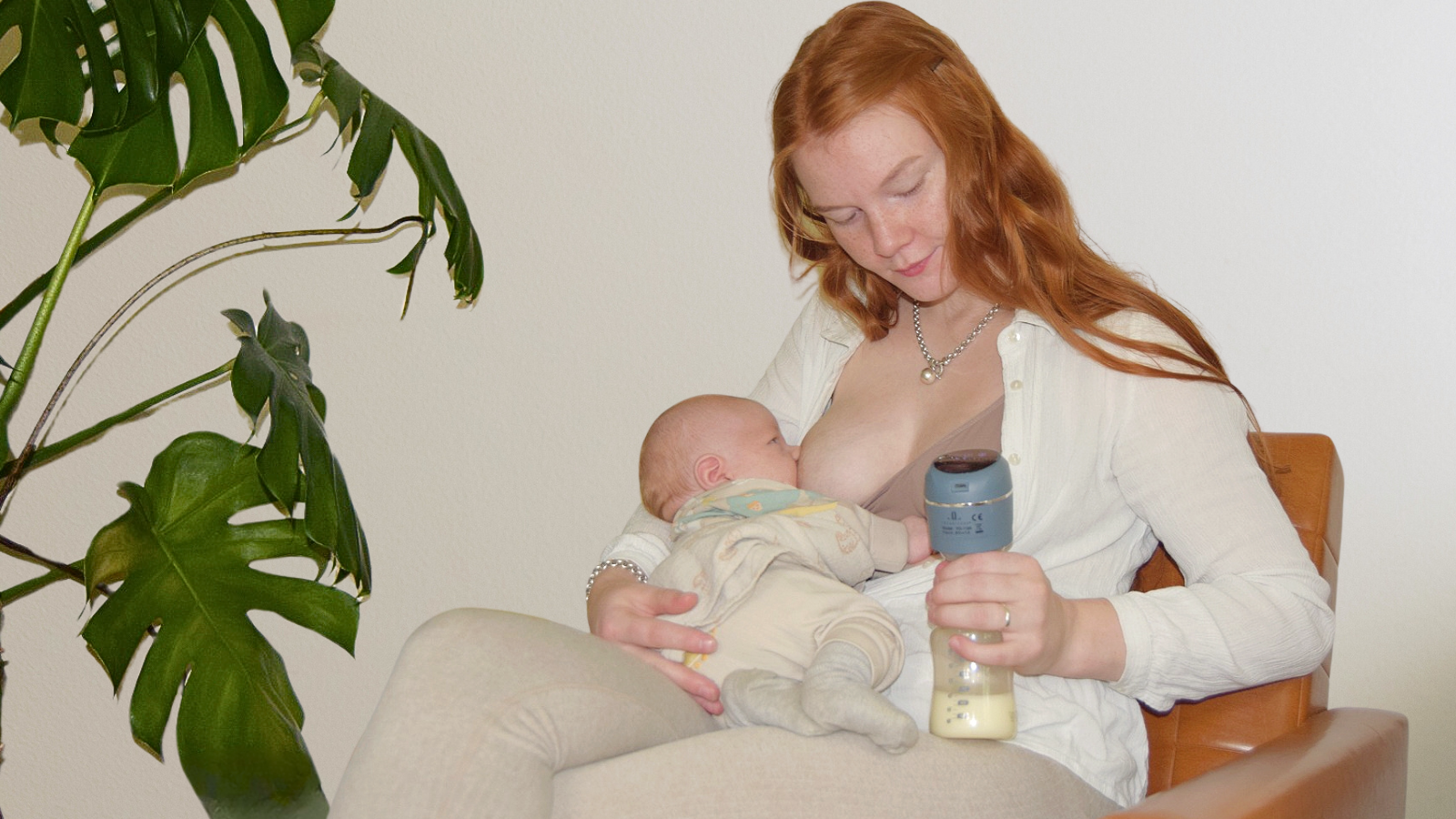

Pumping frequently helps stimulate breasts, produces more milk, and establishes a milk stash.

Getting your partner involved in the feeding time while mum gets a well-deserved rest.

Having expressed milk will make your transition back to work easier for both you and your baby.

Pumping helps relieve engorged breasts, mastitis, latching problems, and more.

Compact design for easy cleaning & pumping on the go
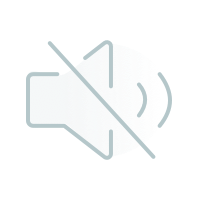
Pump quietly and discreetly
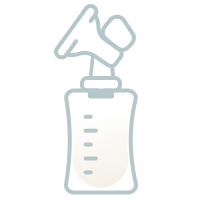
Save time and pump directly into milk bags
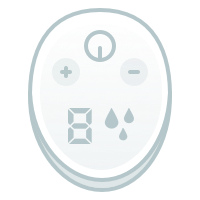
Smart touch screen for easy tracking of pumping sessions
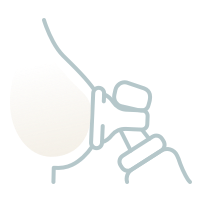
Hospital-grade suction level helps increase milk supply

Closed system to prevent breastmilk from backing up
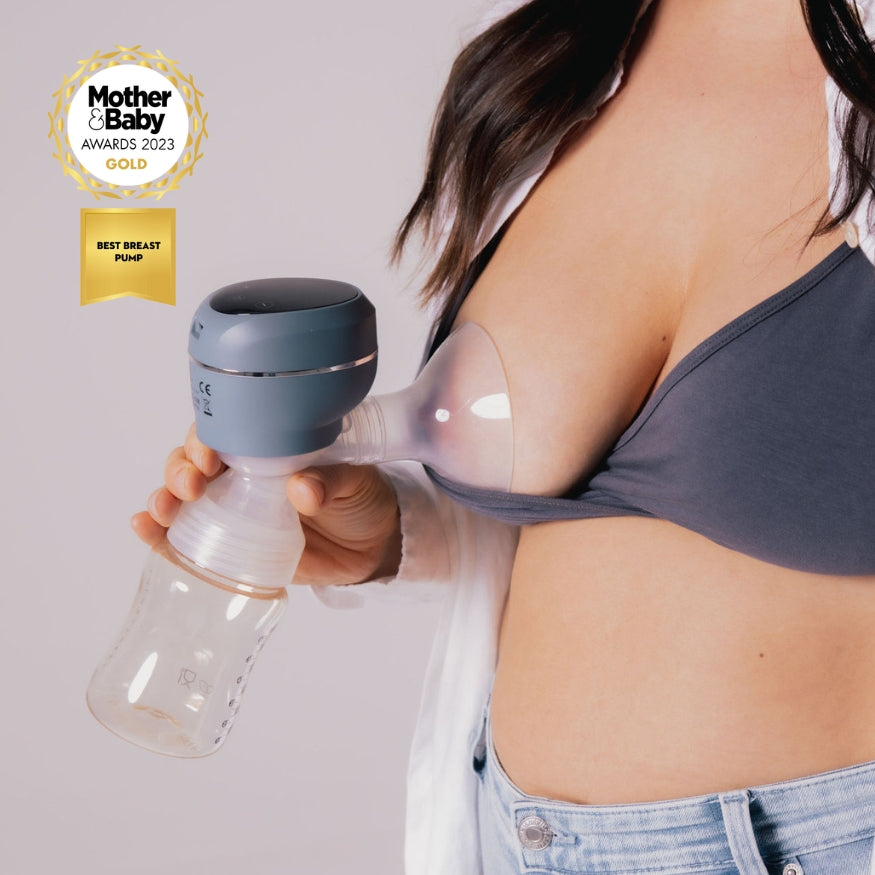
You don’t necessarily need a breast pump if you’re planning to breastfeed, however, they do come in handy for many different reasons. You may choose to express milk from the beginning or further down the line, whatever your choice, there is a breast pump designed for you.
Expressing can be a great way for your partner to be involved with feeds and take the pressure off you a little. From one mother to another, having expressed milk during cluster feeding weeks is a lifesaver! If you’re returning to work, expressed milk will make this transition easier for both you and your baby.
It is generally not recommended to use a second-hand breast pump due to hygiene and safety concerns. Breast milk can carry bacteria and viruses, and it is difficult to ensure that a used breast pump has been properly cleaned and sterilized. It is best to purchase a new breast pump or rent one from a reputable source to ensure the safety of you and your baby.
If you do decide to buy a second-hand pump, make sure that you sterilise all parts that are in contact with breast milk.
You can begin pumping as soon as your baby is born if you’d like. You may choose to pump exclusively from the beginning. Or you may choose to breastfeed often and only
pump once or a few times each day. If you’re supplementing the baby’s nursing sessions with occasional bottles, you may only need to pump a couple of times a day. It may be easiest to pump in the morning when you’re at the fullest. If you’re supplementing, try pumping after normal breastfeeding sessions.
If you’re pumping because you want milk for bottles or you want to increase your supply, you may consider pumping after regular nursing sessions a few times a day. It all depends on how much milk you want to gather.
On the other hand, if your little one is having issues latching or you desire to exclusively pump, you’ll need to pump in place of all nursing sessions. This means pumping throughout the day and night as often as your baby feeds.
If you’re waiting to pump until you go back to work or school, be sure to start at least two weeks before you need the milk. This gives you time to create a stash, but - more
importantly - lets you become more familiar with the pumping and milk storage process. Your baby will have time to get used to bottles, too.
Every baby is unique, and their milk needs may look different during periods of cluster feeding. Breastfed babies also tend to eat more frequently than formula-fed babies. Your baby’s stomach size and hanger cues are your best guide to when it’s time to feed them. You can also look out for other cues, such as wet and soiled diapers, to see whether your baby is getting enough milk. Overall, the goal is to pump enough milk to fulfill your baby’s average daily intake. As your baby grows, their stomach volume will also follow suit.
As a general rule (which may vary depending on your baby´s needs), these are the average amounts of breast milk consumed by infants:
Newborns (first 1-2 weeks)
Frequent breast stimulation is important in the first hours, days, and weeks of your baby’s life to help increase breast milk volume. Through frequent sucking, your baby (or pump) helps your breast milk advance from colostrum to mature milk. You should feed your baby 8-12 times per 24 hours in the beginning. Rather than focusing solely on your baby’s age to determine their milk needs, it’s important to use a combination of their age, body weight, and hunger cues as your guide. Using an electric breast pump is an ideal way of boosting milk production at this stage.
Infants between 1-2 months
After the first couple weeks, you should expect to produce more milk per session, about 60ml – 120ml, and may be able to stretch out some of the overnight feedings (maybe to 4 to 5 hours between feedings). In total, you should expect to average around 8 to 10 sessions per day. On average, babies at 4 to 5 weeks old reach their peak maximum daily milk intake of about 900 ml.
Infants between 3-6 months
Babies at this age may need up to 150ml per feeding. You might find the exact amount varies by time of day, with some babies nursing more at night. After this stage, a baby’s daily milk intake doesn’t typically change until around 6 months of age, when they may start eating solids. You can also expect to feed your baby an average of 8 times per day.
Aim to spend 15 to 20 minutes hooked up to the pump to get a good amount of breast milk (some women will need 30 minutes or more with the pump, especially in the early days). Pump until the milk starts slowing down and your breasts feel well-drained.
The best time to pump depends entirely on what works for you, and you’ll soon figure out a pumping schedule that works. But it’s best to choose a time of day when your breasts are ordinarily full. If you’re pumping because you’re away from your baby and missing feedings, try to pump at the same times you would normally feed, about once every three hours.
If you're pumping at home to stockpile milk or to increase your supply, try pumping an hour or so after your baby’s morning nursing session. Your breasts are naturally fuller earlier in the day, so the morning is a good time to get more milk.
On days when you’re with your baby, squeeze in a pumping session around an hour after you nurse and at least an hour before the next time you breastfeed - more demand means more supply.
Some mums are able to pump from one breast while the baby is nursing on the other. As long as the baby is getting her fill on one breast, it’s a time-efficient way to build a stockpile of milk while also ensuring both breasts are emptied during a feeding. You can also pump at the end of feedings to make sure every last drop of breast milk is captured.
Traditionally, you can buy a single or double breast pumps and/or electric, manual, or hospital-grade breast pumps. Breast pumps that are entering the market more recently have newer features such as a ‘wearable’ pump or enhanced portability.
“I only want to pump occasionally”
If you’re not going to be pumping every day, you may want to look into using a single electric breast pump and/or a manual breast pump. In the early days when you are establishing your milk supply, pumping on the odd occasion won’t change this drastically. It just means that you can create a small milk stash that you can use whilst you are away from your baby.
“I want to express milk often or exclusively”
For mums who are going to be expressing milk several times a day, an electric pump is more suited. Electric pumps have more functionality in terms of suction strength. Manual pumps would require a lot more work from you and you would need both your hands to pump correctly.
When you’re expressing multiple times a day, your first priority is going to be convenience. How can I spend as little time as possible pumping and doing bottle prep? Some breast pumps you can pump directly into the bottle (or a storage bag) and others you will need to pump and pour out.
“I’m returning to work and need something discreet and easy to transport”
If you plan to breastfeed throughout your return to work, you need to choose a pump that is convenient and portable, whilst not compromising its efficiency to express milk.
A wearable or wireless breast pump is a popular choice for Mums in the workplace due to its discreet nature and compact design. With a breast pump like this, you might also want to consider the noise level and which pump is best for a leak-proof pumping session.
“I have an excessive breast milk supply”
If you pump or lactate more milk than your baby drinks over a 24-hour period, then you have an oversupply. In most cases, if you have a strong letdown or an excess supply, it will settle down within the first few months of feeding. You can’t put a number on it as it will differ from one woman to another.
Especially if you are exclusively pumping, using any breast pump to gradually pump less milk will reduce the risk of mastitis and blocked milk ducts.
“I’m struggling with a low milk supply"
Hospital-grade pumps would be an ideal choice if you want to establish or increase your milk supply. They are designed to be used multiple times per day and are usually more powerful than personal use pumps. However, the downside is that most hospital-grade pumps can be bulky and very expensive, with the average monthly rental fee ranging from 75$ - 100$.
You can also try a personal use electric pump that has hospital-grade suction strength such as the Lola&Lykke Smart Electric Breast Pump.
| Lola&Lykke Pump | Traditional Pumps | Wearable Pumps | |||
| 100% leak-proof | |||||
| Pump straight into milk bags | |||||
| Hospital-grade suction | Some | Some | |||
| Fully wireless | |||||
| Touch screen display | |||||
| Access to expert advice | 24/7 lactation support | ||||
| Mobile app control | Coming soon | Some |



